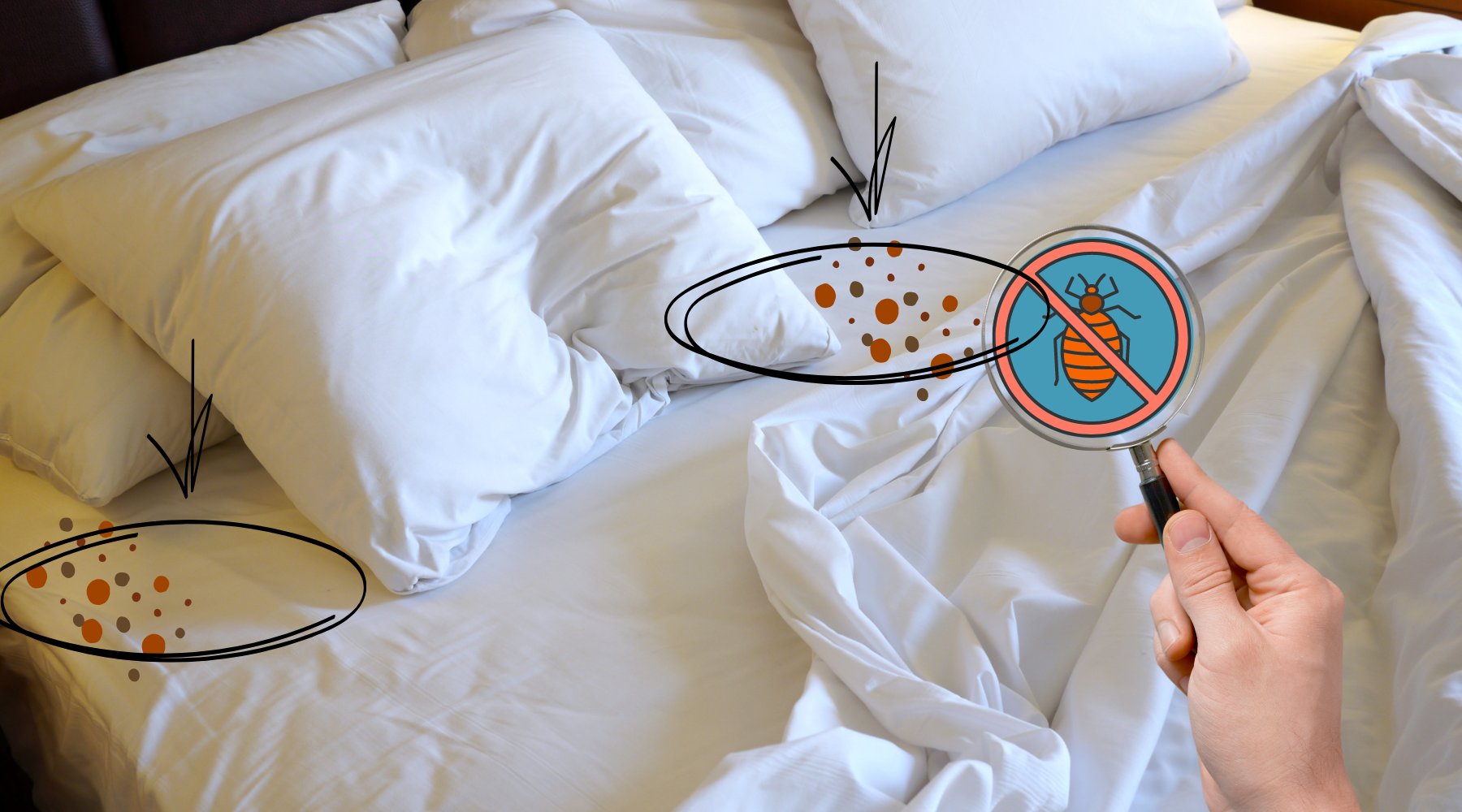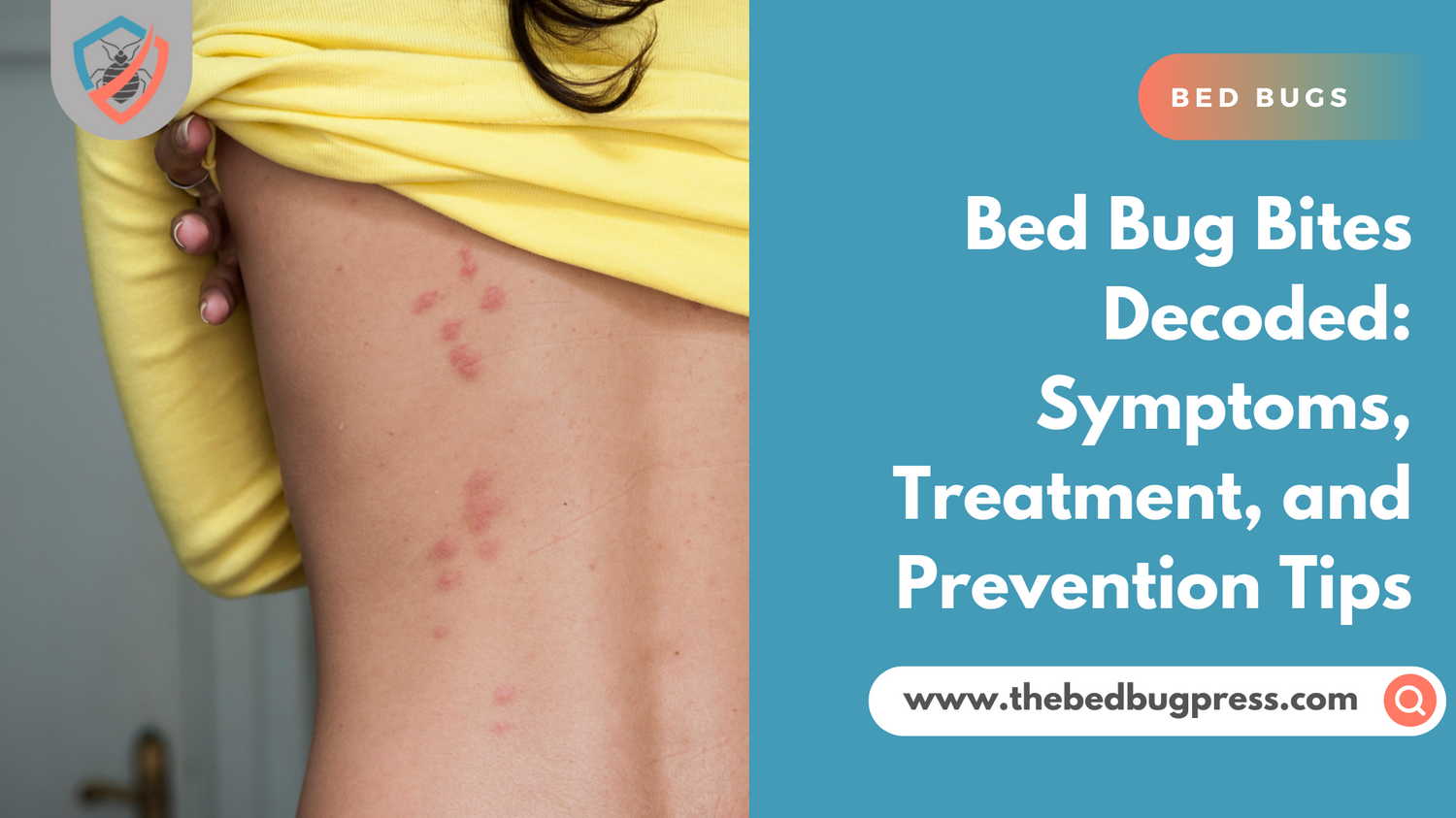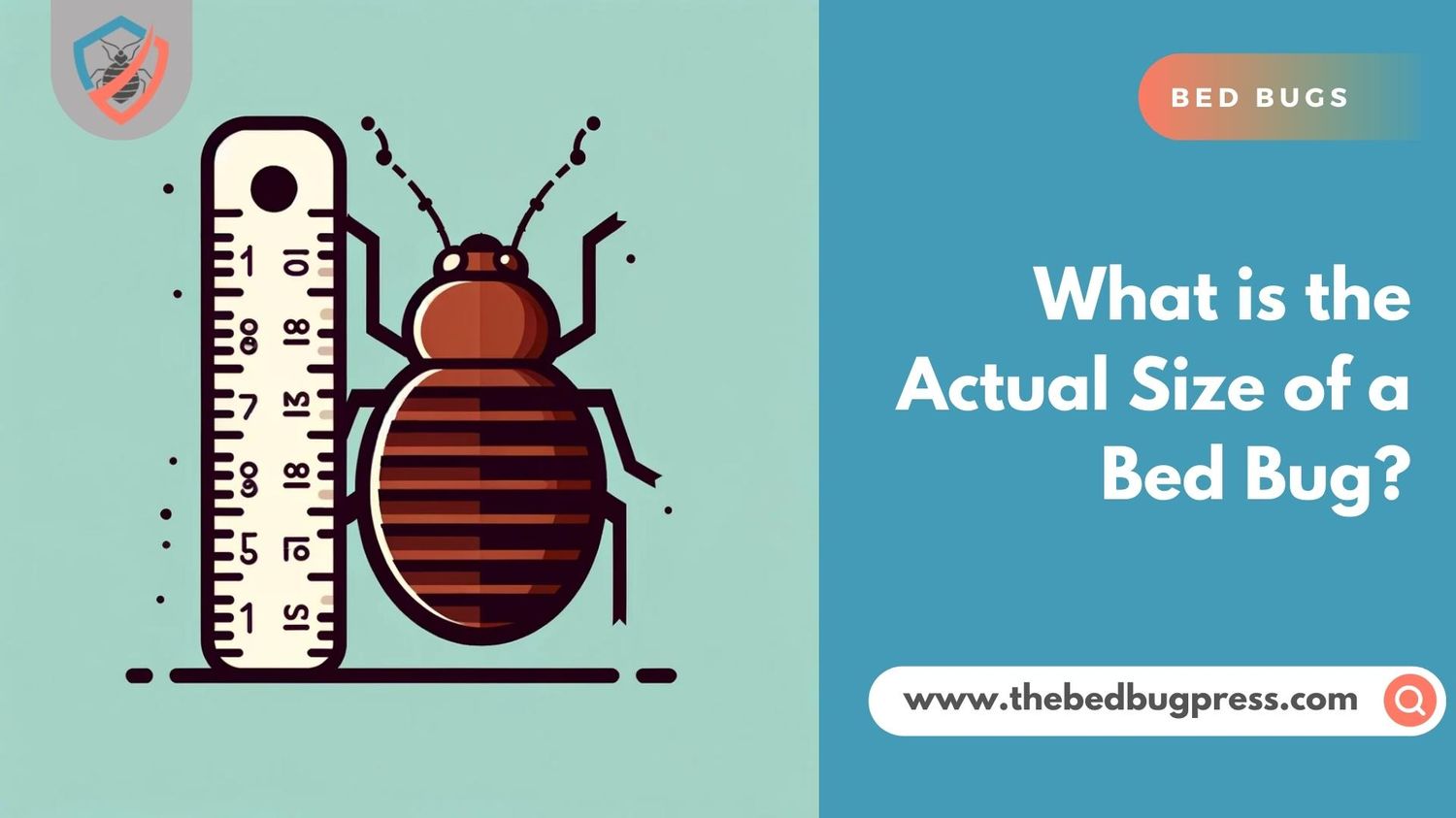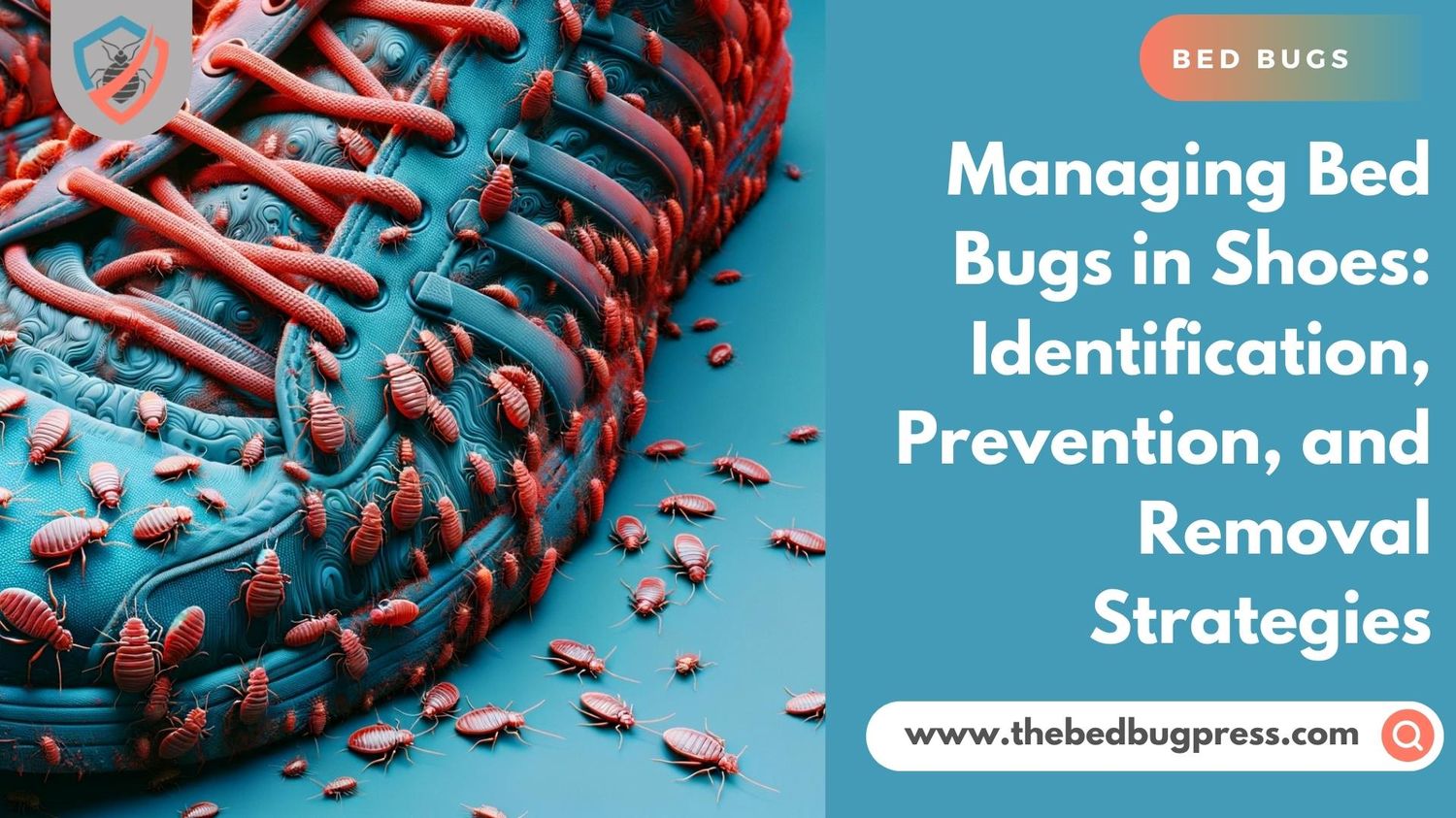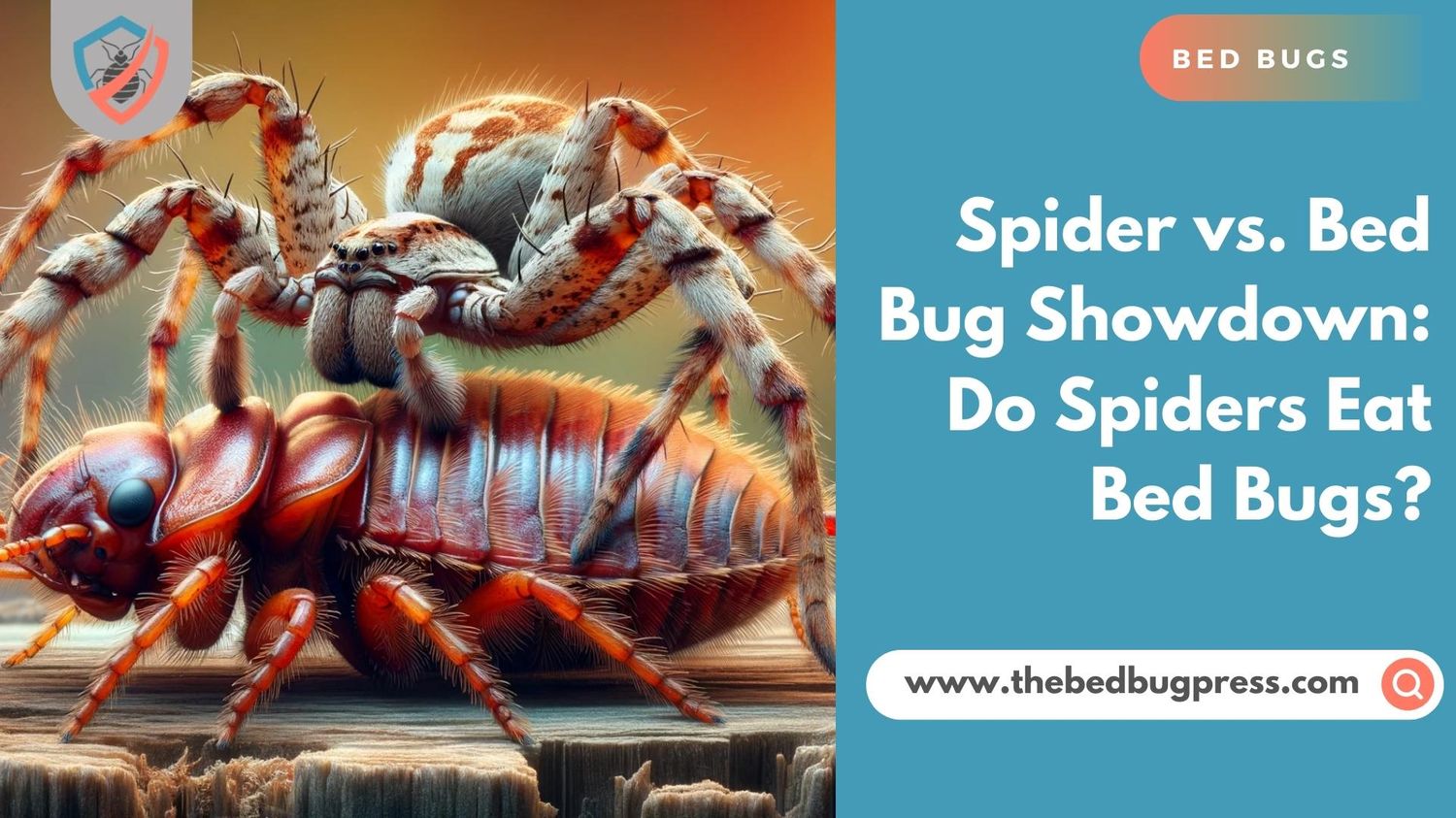Discovering early bed bug stains on your sheets can be an alarming indication of a potential infestation. Bed bugs are notorious pests that feed on human blood during the night, leaving behind various signs of their presence. Stains on your sheets, specifically small brown or rust-colored marks, can serve as a telltale sign that bed bugs have infiltrated your sleeping area.
Recognizing these early bed bug stains is crucial for taking prompt action and preventing a full-blown infestation. You’ll get to know the significance of early bed bug stains on sheets, their characteristics, and the steps you can take to address the issue effectively.
By understanding these early warning signs, you can tackle the problem swiftly and safeguard your home from further bed bug intrusion.
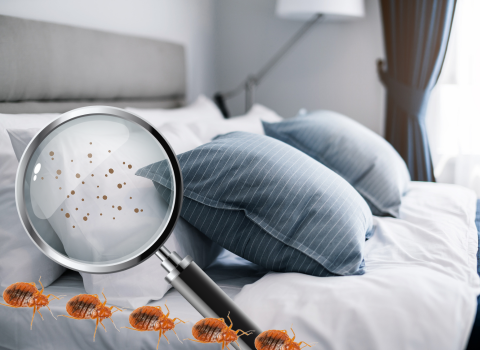
Identifying Brown Spots on Sheets: Early Signs of Bed Bug Activity
Identifying brown spots on your sheets can be an unsettling discovery, as it may indicate early signs of bed bug activity. Bed bugs are notorious pests that can infest your home and disrupt your peace of mind. These tiny insects feed on human blood and leave behind telltale signs of their presence, including brown spots on sheets.
Characteristics of Brown Spots:
Brown spots on sheets caused by bed bugs are typically small, round, and dark in color. They are often described as rust-colored or reddish-brown. These spots are excrement left behind by bed bugs after they have fed on human blood. The excrement contains digested blood, and as bed bugs often defecate while still on the sheets, these spots can be a clear indication of their presence.
Distinguishing Bed Bug Stains from Other Stains:
It is important to differentiate bed bug stains from other common stains that may appear on sheets. One way to identify bed bug stains is by their characteristic appearance in clusters or lines, as multiple bed bugs hide and often feed in the same area. Additionally, bed bug stains tend to smear when touched with a damp cloth, as they are water-soluble. This is different from stains like food or drink spills that may not smear or dissolve easily.
Next Steps if You Suspect a Bed Bug Infestation:
If you have identified brown spots on your sheets and suspect a bed bug infestation, it is crucial to take immediate action. Start by thoroughly inspecting your mattress, box spring, and bed frame for live bed bugs, shed skins or eggs. Consider using a flashlight and a magnifying glass to aid in your search. It is also recommended to inspect other areas near the bed, such as furniture, curtains, and baseboards, as bed bugs can hide in various locations.
If you confirm a bed bug infestation, contact a professional pest control company with experience in bed bug eradication. They will employ effective methods to eliminate the infestation and prevent further spread. Additionally, wash and dry your bedding on high heat to kill any remaining bed bugs or eggs.
Early Detection of Bed Bug Stains on Sheets: Recognizing Signs in the Early Stages
Early detection of bed bug stains on sheets is essential in preventing a full-blown infestation and minimizing the discomfort caused by these pesky insects. Bed bugs are nocturnal parasites that feed on human blood, and their presence can be indicated by the stains they leave behind. By recognizing the signs of bed bug stains in the early stages, you can take proactive measures to address the problem promptly.
Recognizing Bed Bug Stains on Sheets:
Bed bug blood stains on sheets typically appear as small, brown, or rust-colored spots. These stains are a result of bed bugs excreting digested blood after feeding. It’s important to carefully inspect your sheets, pillowcases, and mattress covers for these telltale signs. Pay attention to clusters or lines of stains, as multiple bed bugs may have fed in the same area.
Characteristics of Bed Bug Stains:
Bed bug stains are often circular or irregular in shape, with a dark brown or reddish-brown color. They may resemble ink stains or small droplets. When touched with a damp cloth, bed bug stains can smear or dissolve, as they are water-soluble. This can help distinguish them from other stains like food spills or dirt.
Importance of Early Detection:
Early detection of bed bug stains on sheets is crucial because it allows you to take immediate action and prevent the infestation from spreading. By identifying the signs early, you have a better chance of addressing the issue before it becomes more challenging and costly to eliminate. Early intervention can also help minimize the potential health risks and discomfort associated with bed bug bites.
Next Steps if Bed Bug Stains are Detected:
When you notice bed bug stains on your sheets, it is crucial to act promptly. Begin by conducting a thorough inspection of your bedding, mattress, and surrounding areas to determine the extent of the infestation. Look for additional signs of bed bugs, including live bugs, eggs, or shed skins.
Enhance your inspection process by utilizing a flashlight and magnifying glass for better visibility. To effectively address the infestation, it is recommended to seek the assistance of a professional pest control company with expertise in bed bug eradication.
By familiarizing yourself with the characteristics of these stains and promptly taking action, you can prevent a minor issue from turning into a full-blown infestation.

Early-Stage Bed Bug Stains on Sheets: Identifying Indications of Infestation
Identifying early-stage bed bug stains on sheets is vital in detecting and addressing a potential infestation before it becomes a widespread problem. Bed bugs are resilient pests that feed on human blood and can quickly multiply if left unchecked.
Characteristics of Early-Stage Bed Bug Stains:
Early-stage bed bug blood stains made on sheets typically appear as small, reddish-brown spots. These stains are the result of bed bugs digesting blood after feeding. They may resemble ink stains or small droplets. It’s important to closely inspect your sheets and pillowcases for these telltale signs, particularly in areas near the bed where bed bugs are more likely to congregate.
Distinguishing Bed Bug Stains from Other Marks:
Differentiating bed bug stains from other marks on sheets can be challenging, but there are some key factors to consider. Bed bug stains are often found in clusters or lines, as multiple bugs tend to feed in the same area. Additionally, these stains may smear or dissolve when touched with a damp cloth, as they are water-soluble. This sets them apart from stains caused by food spills or dirt.
Importance of Identifying Early-Stage Bed Bug Stains:
Identifying bed bug stains in the early stages is crucial because it allows you to take swift action and prevent the infestation from spreading. By catching the bed bug problem early, you have a better chance of effectively eliminating the bed bugs and minimizing their impact on your living space.
Early detection can also help mitigate the risk of bed bug bites and reduce the potential for allergic reactions or skin irritations.
Steps to Take if Early-Stage Bed Bug Stains are Detected:
If you discover early-stage bed bug stains on your sheets, it is important to act promptly. Begin by conducting a thorough inspection of your bedding, mattress, and surrounding areas for other signs of bed bug infestation, such as live bugs, other bug eggs, or molted skins.
Consider using a flashlight and magnifying glass to aid in your search. It is advisable to seek professional assistance from a pest control company experienced in dealing with bed bugs to properly assess and address the infestation.
By understanding the characteristics of these stains and promptly taking action, you can prevent the problem from escalating and ensure a comfortable living environment.
Finding the Bed Bug Harborage Sites
Bed bugs are cunning insects that have a preference for concealing themselves in dim, isolated locations throughout the day, only to emerge at nightfall in search of human blood to feed on. By identifying their harborage sites, you gain valuable insights into their behavior and can focus treatment efforts on these key areas. Targeting the hiding spots increases the chances of eliminating the infestation and preventing future re-infestations.
Bed bugs prefer locations near their hosts, such as beds and mattresses. However, they can also infest other areas within the bedroom and adjacent spaces. Some common harborage sites include:
Mattresses and box springs:
Check seams, crevices, and tufts for signs of bed bugs.
Bed frames and headboards:
Inspect joints, cracks, and screw holes.
Furniture:
Examine upholstered furniture, particularly along seams and cushion folds.
Baseboards and wall voids:
Bed bugs may hide in gaps and cracks near the bed.
Electrical outlets and switch plates:
These provide hiding spots close to their food source.
Luggage and personal belongings:
Bed bugs can hitch a ride and infest items stored near sleeping areas.
Locating the harborage sites of bed bugs is a crucial step in effectively combating a bed bug infestation. With thorough inspection and targeted treatment, you can eliminate bed bugs from their hiding spots and reclaim a bed bug-free environment in your home.
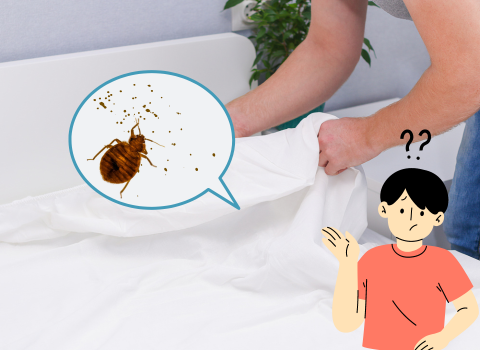
What Marks Do Bed Bugs Leave on Sheets?
Bed bugs can leave several types of marks on sheets, which can serve as indicators of their presence. Here are the common marks that bed bugs may leave on sheets:
Brown or Rust-Colored Stains:
These stains are often the result of bed bug excrement, which is digested blood. When bed bugs feed on human blood, they excrete partially digested remnants, leaving behind small, dark brown, or rust-colored spots on the bed sheets afterward. These stains may appear clustered or in a linear pattern if multiple bugs have fed in the same area.
Blood Smears:
Sometimes, bed bugs get crushed while feeding, resulting in blood smears on the sheets. These smears can be reddish-brown and may occur if you accidentally roll over a bed bug during your sleep.
Dark Spots:
Bed bugs may also leave dark spots or smears on the sheets, which can be a combination of their excrement, shed skin, or crushed bugs. These spots may vary in size and color but are typically dark or black.
Bed Bug Fecal Trails:
In severe infestations, adult bed bugs also may leave visible fecal trails on the sheets. These trails are composed of multiple excrement deposits left behind as bed bugs move across the fabric.
It is worth noting that the marks left by bed bugs may exhibit variations in appearance, which can be influenced by factors such as the developmental stage of the bed bugs, the quantity of blood they have consumed, and the type of fabric present on the sheets.
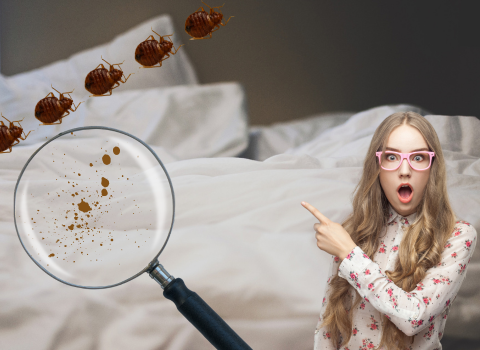
How to Perform a Visual Inspection for Bed Bugs
Performing a visual inspection is an essential step in identifying a bed bug infestation. Here are the steps to effectively perform a visual inspection for bed bugs:
Prepare the area:
Before you begin the inspection, ensure that the room is well-lit. Natural daylight or a bright flashlight can help reveal hidden areas. Remove any clutter or items from the bed and surrounding areas to provide better access for inspection.
Start with the bedding:
Begin by examining the mattress, paying close attention to the seams, piping, and tags. Look for live bed bugs, shed skins, or dark brown stains, indicating bed bug activity. Inspect the sheets, pillowcases, and blankets for any signs of bed bug stains, blood smears, or fecal spots.
Check the bed frame and headboard:
Carefully inspect the bed frame, focusing on joints, crevices, and cracks. Look for any signs of bed bugs, such as live bugs, eggs, or excrement. Move on to the headboard, checking along the edges, screw holes, and seams. Bed bugs may hide in these areas close to their feeding source.
Examine nearby furniture:
Inspect any nearby furniture, including nightstands, dressers, chairs, or couches. Look for signs of bed bug activity, paying attention to crevices, seams, and upholstery. Bed bugs often hide in these areas, especially if they are near the bed.
Inspect the walls and electrical outlets:
Bed bugs can hide in cracks or gaps in walls near the bed. Examine the area behind the headboard and along the baseboards for any signs of bed bugs or stains. Check electrical outlets and switch plates as well, as these can provide hiding spots for bed bugs.
Look for signs of infestation:
Keep an eye out for additional signs of a bed bug infestation, such as molted skins, eggs, or a musty odor. These signs can further confirm the presence of bed bugs.
Repeat the inspection periodically:
Bed bug infestations can grow rapidly, so it’s important to perform regular inspections, especially if you have had a previous infestation. Early detection is key in preventing a widespread infestation.
If you find any signs of bed bugs during the visual inspection, it is recommended to consult a professional pest control service with experience in bed bug eradication. They can provide further guidance and implement appropriate treatment measures to effectively eliminate the infestation.
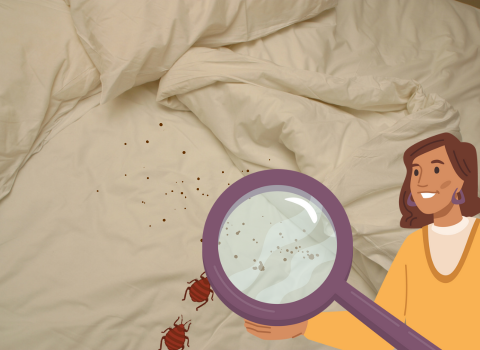
What Is the Best Way to Clean Bed Bug Stains from Dry-Clean-Only Fabrics?
When dealing with bed bug stains on dry-clean-only fabrics, it is crucial to handle the cleaning process carefully to avoid damaging the material. Here are steps to effectively clean bed bug stains from dry-clean-only fabrics:
Act quickly:
As soon as you notice the bed bug stains, it is best to address them promptly. If you let the stain sit on the fabric for a longer time, it will be more challenging to remove.
Check the care label:
Look for the care label on the fabric to confirm that it is indeed dry-clean-only. Following the manufacturer’s instructions is essential to prevent any damage to the fabric.
Spot test:
Before proceeding with the cleaning process, perform a spot test on an inconspicuous area of the fabric. Apply a small amount of the cleaning solution or product to ensure it does not cause any discoloration or damage. Wait for the fabric to dry and check for any adverse effects.
Consult a professional cleaner:
Given that the fabric is dry-clean-only, it is advisable to take it to a professional cleaner experienced in handling delicate fabrics and stain removal. Inform them about the bed bug stains and provide any relevant information. They will have the expertise and suitable cleaning methods to treat the fabric effectively.
Inform the cleaner:
When you take the fabric to a professional cleaner, make sure to inform them specifically about the bed bug stains. Bed bug stains may require special attention and treatment to ensure complete removal.
Provide details about the infestation:
If you have had a bed bug infestation in your home, it is important to inform the cleaner about it. They may take additional precautions or use specific cleaning methods to eliminate any potential bed bugs or eggs that might be on the fabric.
Inspect after cleaning:
Once the fabric has been cleaned by the professional, carefully inspect it for any remaining stains. If you notice any residual bed bug stains, bring them to the attention of the cleaner for further treatment.
Remember, bed bug stains can be challenging to remove, especially from delicate fabrics. It is best to rely on the expertise of professional cleaners who are knowledgeable in handling such situations.

